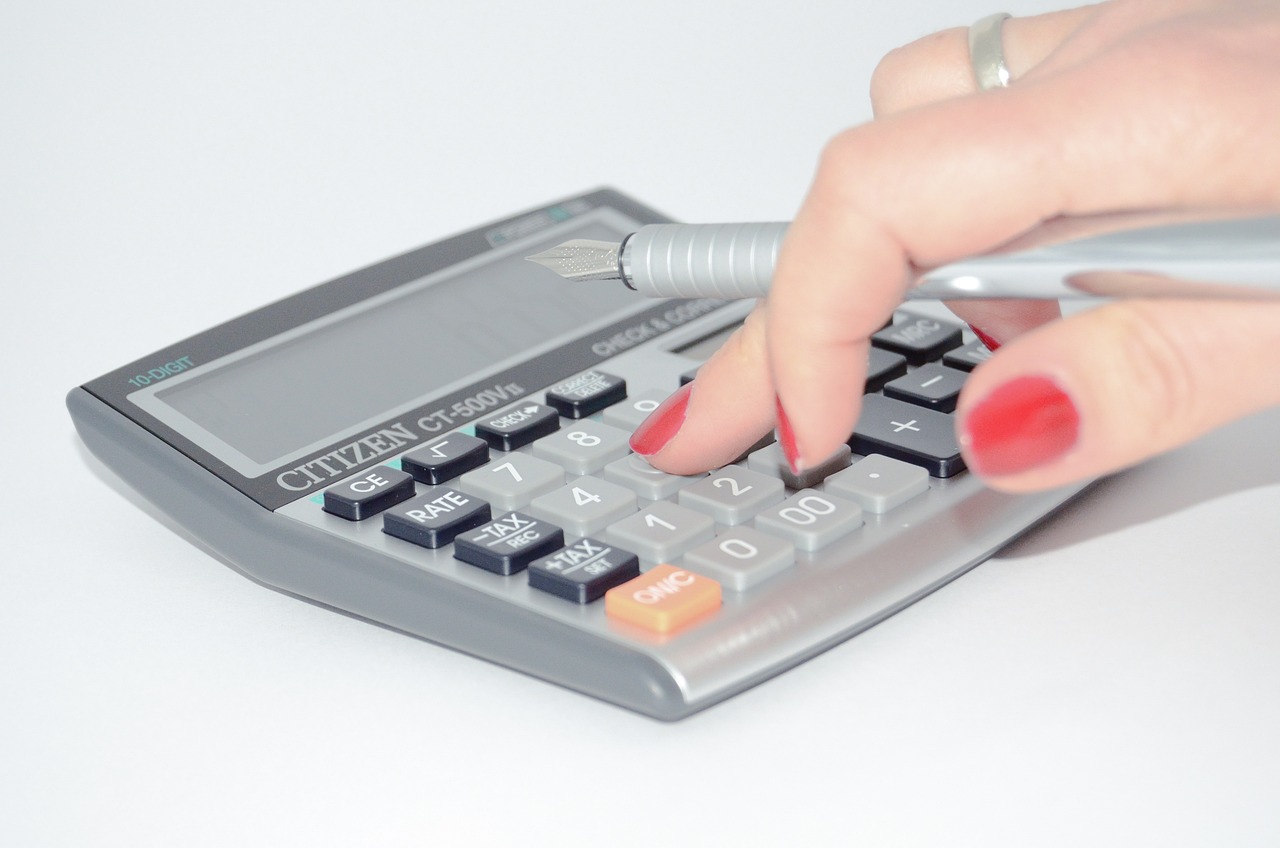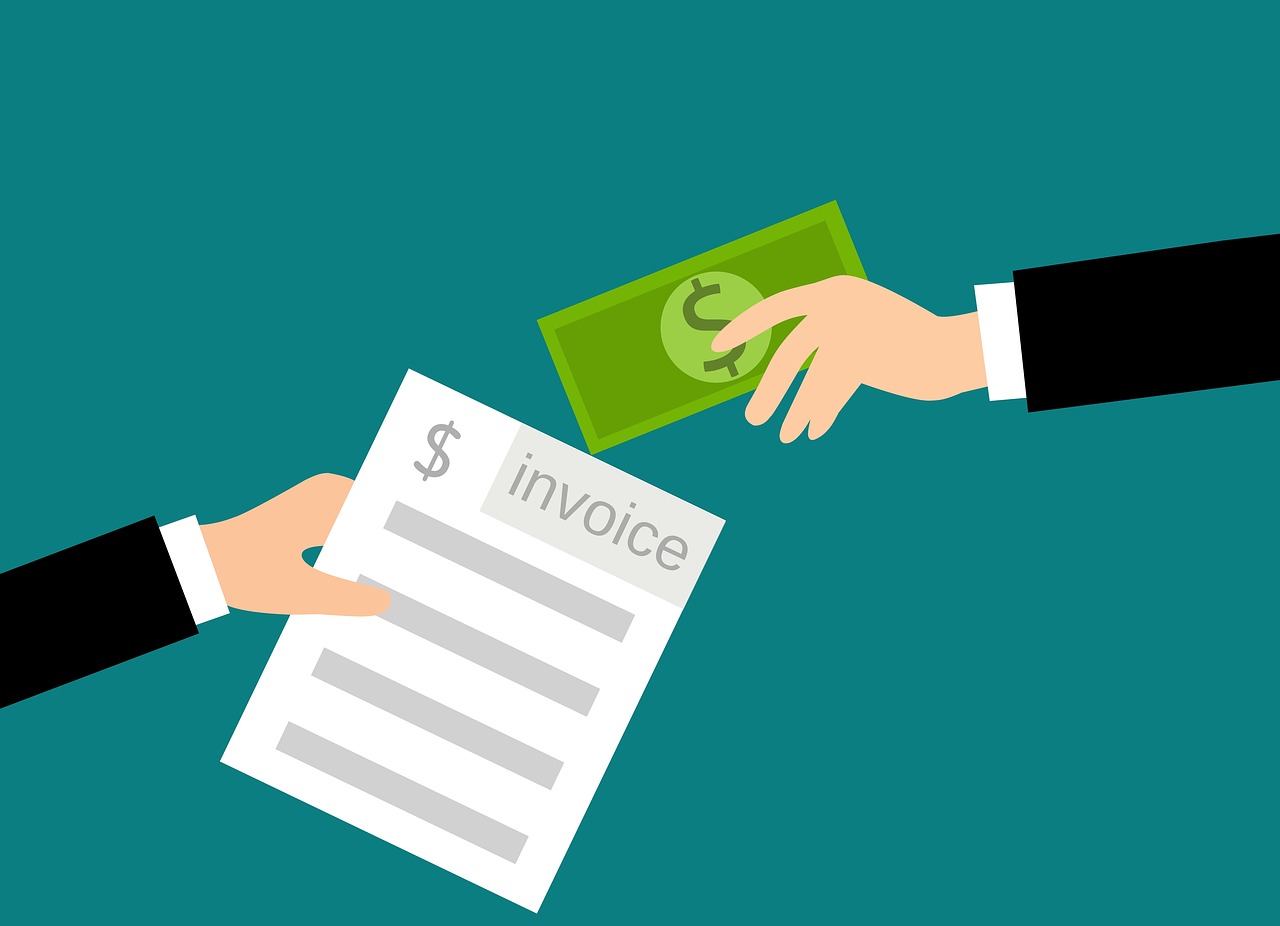
How to Apply a Discount to an Invoice
How to Apply a Discount to an Invoice A good discount is what your customer…

Advance payments are an essential part of how some businesses operate. There are industries in which they are considered standard (for example, real estate or vehicle rental), even though in most cases, it is customary to transfer money after completion of work. If you do not know how to correctly fill out a request for a deposit, in what cases it is needed, and what advantages it has, read on.
Let’s deal with the deposit required wording first. This type of payment is also sometimes called an advance, upfront, and down payment. Whatever you call it, the essence remains the same — a client should pay a certain amount before you start performing tasks. As a rule, deposits are not a fixed amount (although this option is also possible) but a percentage of the total sum. For example, a 50 deposit invoice sample shows that an orderer needs to pay 50% in advance.
Besides, a pay down meaning implies making refundable and non-refundable payments. The exact type depends on the situation and the details of your contract. The first means a refund in case of refusal of services; the second guarantees that the amount transferred to you will remain with you under any circumstances.

If everything is clear with payment upfront wording now, then what is a deposit invoice? It is an official tool to request an advance payment from a customer. You should use it only if your agreement provides such a clause. Such bills are not much different from a standard freelance, contractor, or consultation invoice template and are fairly easy to complete.
Deposits and the use of invoicing software that allows deposits has many undeniable benefits for your business:
Thus, by earning income before starting the main work, you partially cover the costs and protect yourself from dishonest customers and unforeseen situations. With the right invoicing tools at hand, you can create and send payment papers to recipients on the go.
So, how to create an invoice with a partial payment request? As mentioned above, it differs little from the classic bills and, in its essence, resembles a pro forma invoice sample. You definitely need to indicate the creation date and file number, payment terms, enter your and your client’s business details, list payment methods, and add manuals or recommendations.

If you look at an invoice deposit example, you will see that its essential difference from the standard bills is the “Description” block. Since an advance is a percentage of the total, it is how you need to record it on paper. An item should be called “Deposit,” to which you can add a little explanation, as well as the amount to be paid. For example, if it is 10% of $1000, an orderer should transfer $100 to your account by the specified date. Please note that such an advance document needs to include applicable fees and taxes if a deposit is non-refundable under the contract.
After receiving the money, you can start performing your tasks. When everything is done, provide a customer with an itemized invoice with a complete list of the goods and services rendered, including a deposit. Deduct the advance from the total. You can write it in a file like “-$100.” In a comments field, specify when a down payment was received.








How to Apply a Discount to an Invoice A good discount is what your customer…

How to Add Taxable and Non-Taxable Items on One Invoice Invoicing is never as straightforward…

3 Reasons to Use Paperless Invoices It is 2024 out there, and machines have already…